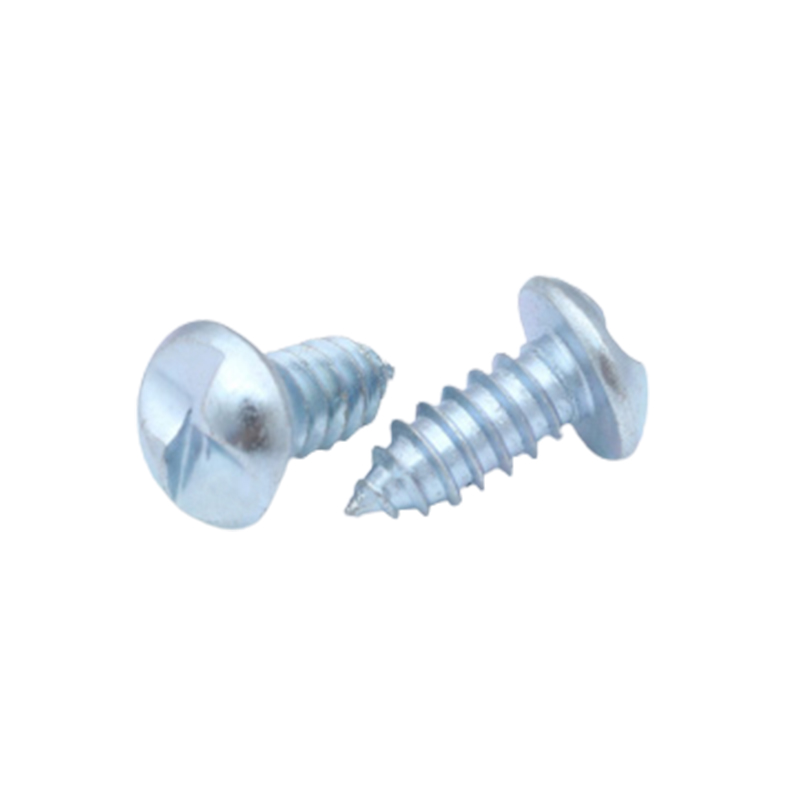When choosing the correct size and thread pitch for stainless steel screws, several considerations should be taken into account to ensure optimal performance and reliability:
Application Requirements: Begin by thoroughly understanding the application environment and performance demands. Factors to consider include the type of load the screws will bear (tensile, shear, or both), exposure to environmental elements (moisture, chemicals, UV radiation), and any mechanical stresses (vibrations, impacts). This understanding will guide decisions on the required strength, corrosion resistance, and durability of the stainless steel screws.
Thread Type: The choice between coarse and fine threads hinges on the material of the base and the desired holding strength. Coarse threads are typically used for softer materials such as wood and plastics, providing better gripping power and faster installation. Fine threads, on the other hand, are suitable for harder materials like metals, where they offer greater resistance to stripping and allow for finer adjustments during assembly.
Strength Requirements: Determine the required tensile and shear strengths based on the application's mechanical load demands. Factors influencing strength include the grade of stainless steel, the diameter of the screw, and the depth of thread engagement. For applications requiring high strength, opting for a higher grade of stainless steel or a larger diameter screw may be necessary.
Size: Selecting the correct size involves choosing the appropriate diameter and length of the screw. The diameter should match the thickness of the materials being joined, ensuring sufficient load-bearing capacity. The length should accommodate the depth of the hole and allow adequate thread engagement to securely fasten the materials together without compromising strength or structural integrity.
Thread Pitch: The thread pitch determines the spacing between successive threads and affects how tightly the screw engages with the mating threads. Coarser pitches provide faster insertion but may offer less fine adjustment and lower resistance to vibration. Fine pitches offer finer adjustment and higher resistance to loosening under dynamic loads, making them suitable for precision applications requiring secure fastening.
Assembly Method: Consider the method of assembly—whether manual or automated—and the tools available for tightening the screws. This consideration influences the torque requirements and the compatibility of the chosen thread pitch with the tools used. Ensuring that the screws can be properly torqued without risking thread damage or over-tightening is crucial for maintaining joint integrity and longevity.
Environmental Factors: Evaluate the environmental conditions to which the screws will be exposed. Factors such as temperature variations, humidity levels, exposure to chemicals (including saltwater), and atmospheric pollutants can impact the performance and longevity of stainless steel screws. Choosing a grade with appropriate corrosion resistance and surface finish helps mitigate these environmental effects and ensures reliable performance over time.

















